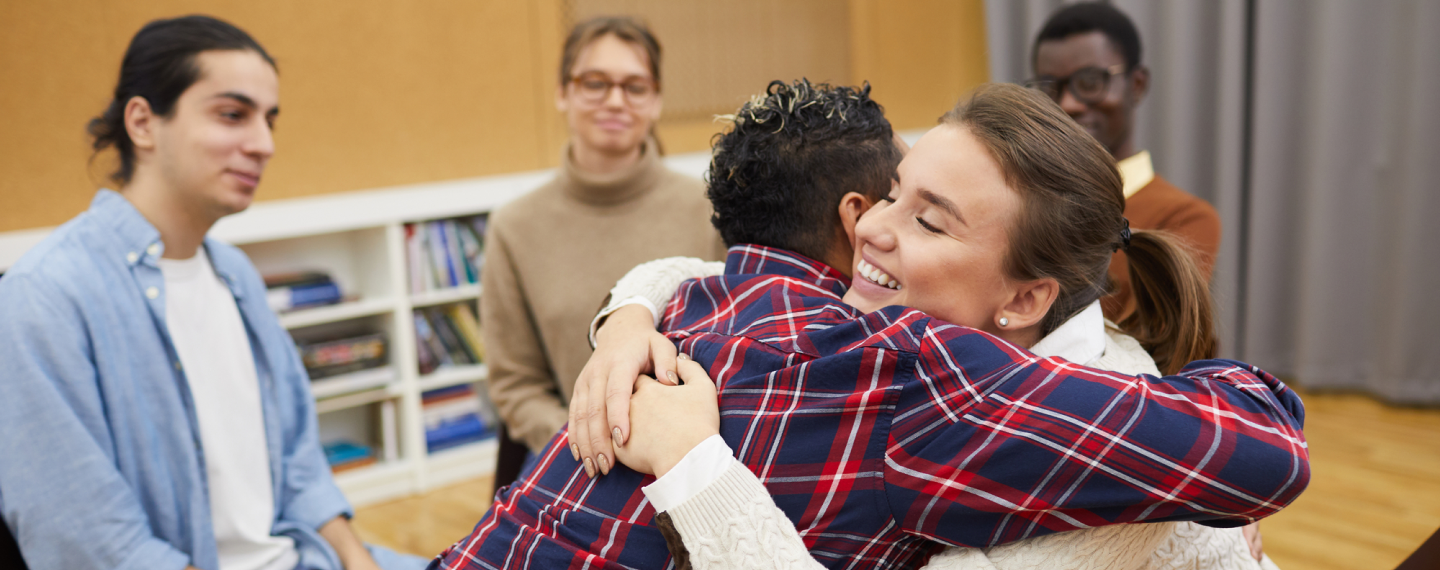There is more to restorative practices than replacing punitive methods for achieving discipline. They help improve students’ social and emotional skills, and aid in building a healthier educational environment. While making the switch might seem challenging, following a few measures can make the move simpler.
Go the Circles Way
The basic premise of restorative practices is that when people feel they’re part of a community, they respect each other and take accountability for their actions. Implementing daily or weekly in-class or advisory circles gives schools easy means to start building a sense of community. However, teachers should get the support they need.
Respect is Key
Participants form a circle around an object of mutual importance, and pass a talking piece. Each participant gets to speak only after receiving the talking piece – and this includes the facilitator. No one is an observer and there is no in-charge. However, all participants are keepers. Moving forward, participants can become co-keepers. The circle’s power comes from respecting all the practices, and takes discipline. In time, participants start viewing the circle as a safe space.
Sequenced Curriculum
Circle keepers can use sequenced curriculums when getting participants to use and develop social and emotional skills such as respecting differences, dealing with conflict, and active listening.
Restorative Responses
You may address problems by using group problem-solving sessions, mediation processes, or restorative interventions. These tend to have more positive and longer lasting effects when compared to punitive methods.
A Staged Transition
The shift to restorative practices is gradual. Everyone in the school is a partaker and needs to follow the process diligently. The transition requires a skilled approach as well as time and commitment. With a dedicated principal at the helm, it also requires reconstruction of your school’s disciplinary policy and providing all the support your staff needs.
What follows is an atmosphere of respect and civility that is most conducive to learning.


